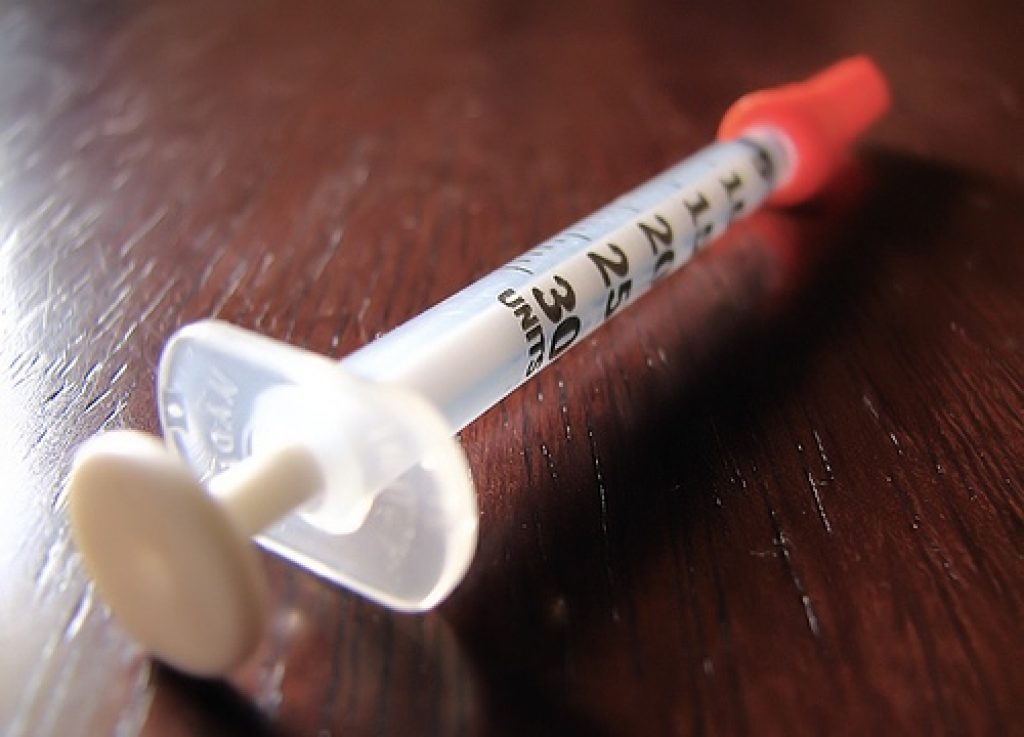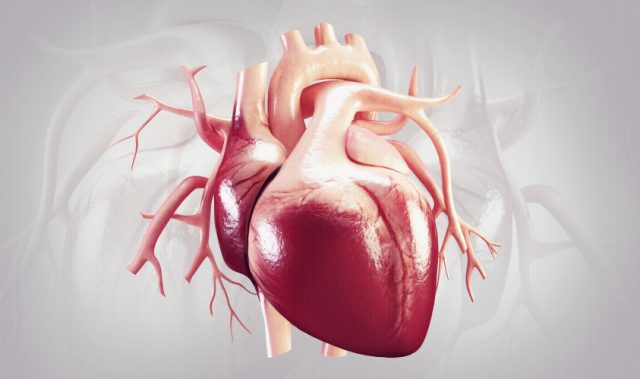
Asian Scientist (Feb. 4, 2014) – Researchers have found that microparticles may help to boost heart function and reduce heart tissue scarring in heart attack patients.
The preclinical study, published in Science Translational Medicine, showed that injecting tiny balls of absorbable material 200 times smaller than the thickness of a human hair into the bloodstream within 24 hours of a heart attack can reduce tissue damage caused by inflammatory cells.
After a heart attack, much of the damage to heart muscle is caused by inflammatory cells that rush to the scene of the oxygen-starved tissue. But researchers found this damage was slashed in half when they used the microparticles to keep the highly damaging cells away.
“This is the first therapy that specifically targets a key driver of the damage that occurs after a heart attack,” said Dr Daniel Getts, the first author of the study.
“There is no other therapy on the horizon that can do this. It has the potential to transform the way heart attacks and cardiovascular disease is treated.”
According to the researchers, the microparticles trigger a natural pathway that destroyed the inflammatory cells.
“This discovery means that we can prevent major tissue damage simply because the inflammatory cells pick up microparticles in the blood stream and are then diverted down a natural cell disposal pathway into the spleen,” said Professor Nicholas King, senior author of the study.
The study also found that the microparticles reduce inflammatory damage and enhance tissue repair in disease models as diverse as multiple sclerosis, inflammatory bowel disease, peritonitis, viral inflammation of the brain and kidney transplant.
Clinical trials on heart attack patients are expected to commence within two years at the University of Sydney.
The article can be found at: Getts DR et al. (2014) Therapeutic Inflammatory Monocyte Modulation Using Immune-Modifying Microparticles.
——
Source: University of Sydney; Photo: .:[ Melissa ]:/Flickr/CC.
Disclaimer: This article does not necessarily reflect the views of AsianScientist or its staff.












